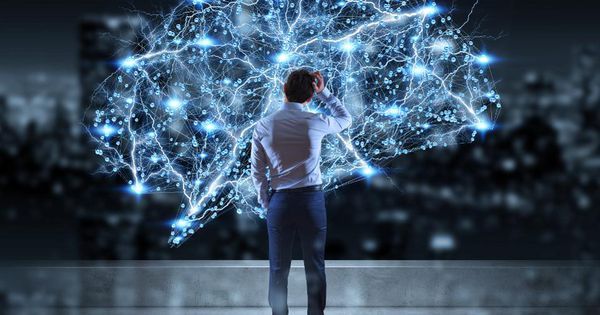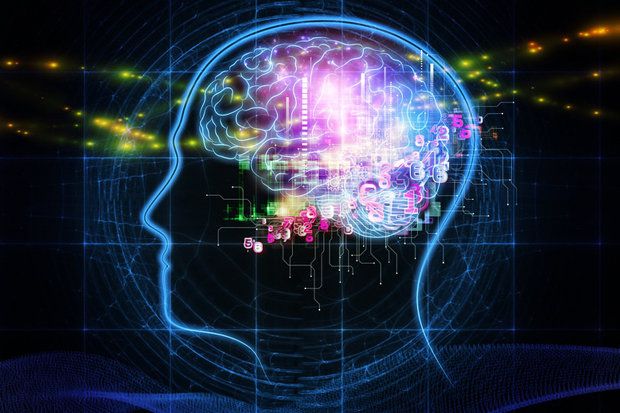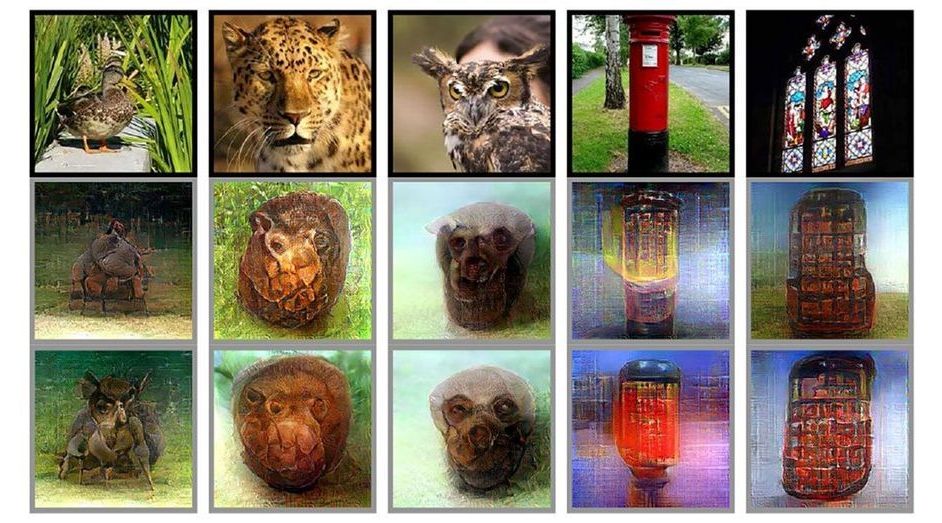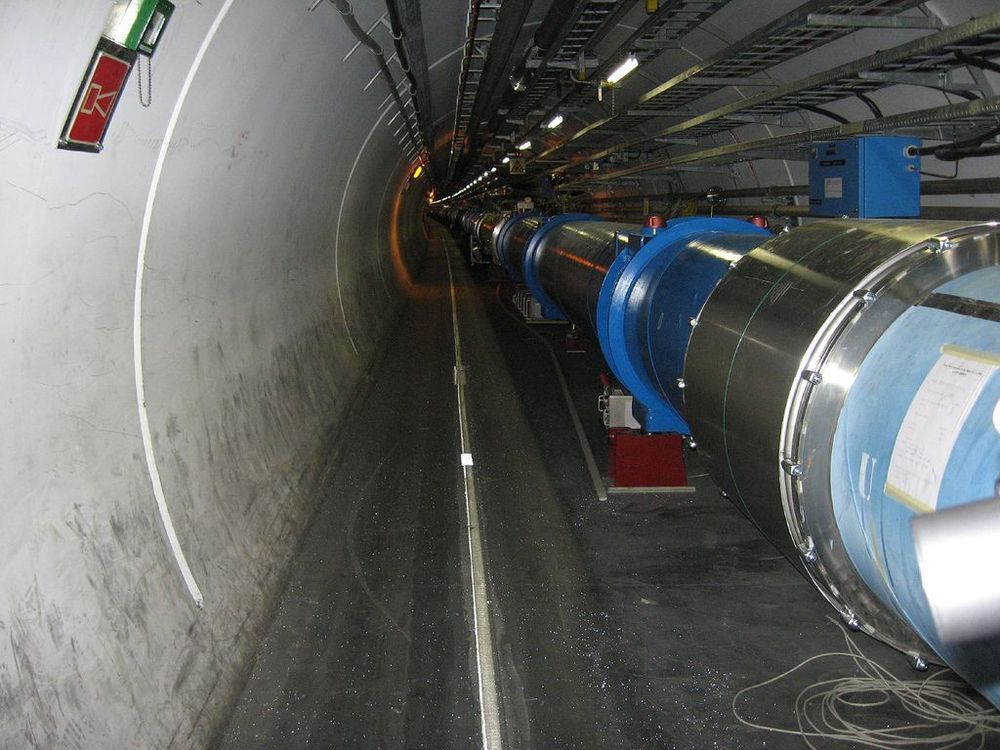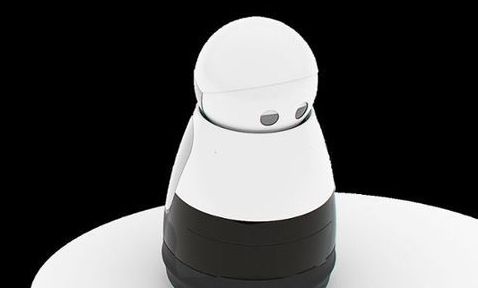Mar 26, 2019
Hacking The Brain: The Future Computer Chips In Your Head
Posted by Marcos Than Esponda in categories: computing, Elon Musk, mobile phones, neuroscience
Over the past twenty years, neuroscientists have been quietly building a revolutionary technology called BrainGate that wirelessly connects the human mind to computers and it just hit the world stage. Entrepreneurs such as Elon Musk and Mark Zuckerberg have entered the race with goals of figuring out how to get computer chips into everyone’s brains. The attention of Musk and Zuckerberg means the potential for giant leaps forward. But the question no one seems to be asking is whether our dependence on machines and technology has finally gone too far. Countries annually celebrate their independence from other countries, but it now seems we should start asking deeper questions about our personal independence.
60 Minutes recently ran a piece showing how engineers are using what scientists have learned about the brain to manipulate us into staying perpetually addicted to our smartphones. The anxiety most of us feel when we are away from our phone is real: During the 60 Minutes piece, researchers at California State University Dominguez Hills connected electrodes to reporter Anderson Cooper’s fingers to measure changes in heart rate and perspiration. Then they sent text messages to his phone, which was out of his reach, and watched his anxiety spike with each notification.
The segment revealed that virtually every app on your phone is calibrated to keep you using it as often and as long as possible. The show made an important point: a relatively small number of Silicon Valley engineers are experimenting with, and changing in a significant way, human behavior and brain function. And they’re doing it with little insight into the long-term consequences. It seems the fight for independence has gone digital.
Continue reading “Hacking The Brain: The Future Computer Chips In Your Head” »
